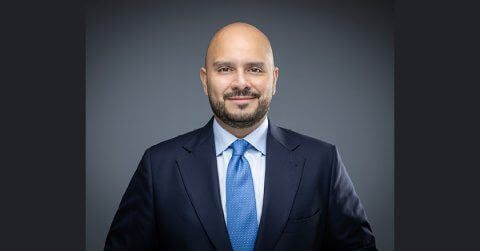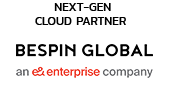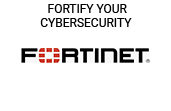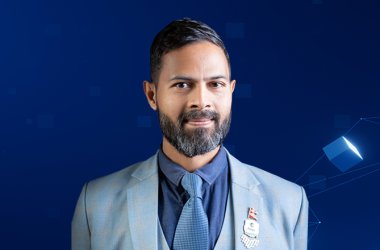
Shadi Khuffash – Senior Regional Director of South Middle East at Fortinet outlines the value of secure access solutions and their approach to integrating AI across an entire cybersecurity lifecycle in this exclusive interview.
What are the key innovations you are showcasing this year, and why is it relevant for the region?
At GITEX 2025, we will have a broad range of security products on show, addressing the fast evolving and increasingly complex cybersecurity challenges faced by organisations in the Middle East driven by digital transformation, advancement in AI and the evolving regulatory landscape. These include a demo kit for securing organisational technology (OT) infrastructure, Fortinet’s Secure Access Service Edge (SASE) solution, cloud security, AI-Powered SecOps, as well as showcasing new services launched in the UAE, including Fortinet’s Sovereign SASE offering and our highly scalable multi-tenant security information and event management system FortiSIEM as a Service.
With the UAE’s recent focus on national AI infrastructure projects, how is your company contributing to building or enabling this ecosystem?
Over the past two-years the UAE has seen rapid advances across AI, digital infrastructure and cybersecurity. We have witnessed government agencies embed AI into services in various sectors including law enforcement and education. There have been very interesting use cases in banking and FSI organisations as well as in telecommunications, including chatbot and fraud detection systems. On the other hand, cybersecurity demands have surged due the fast-paced development of technology adoption and increased use of AI. We are at a point in time where Local SOCs and MSSPs have grown, while enterprises have embraced zero-trust and SASE frameworks. Our unified security platform approach allows organisations get the most benefits out of new technology whilst securing the entire IT/OT infrastructure.
AI presents huge opportunities but also real challenges — from data quality and governance to scalability. How is your organisation addressing these challenges while maximising AI’s potential for your customers?
Fortinet’s own approach integrates AI across the entire cybersecurity lifecycle, not as a bolt-on feature, but as a foundational capability. Rather than isolate AI in individual tools, its FortiAI roadmap embeds intelligence across the entire cybersecurity stack – it is part of Fortinet’s security fabric. FortiAI applies AI to the three key pillars of cybersecurity: threat intelligence, security enforcement, and security operations. Each pillar has its own AI-driven focus, which together form the backbone of Fortinet’s integrated security fabric. This approach allows customers to use the power of AI to protect their infrastructures while being protected from existing and future AI-driven threats.
The cybersecurity threat landscape continues to evolve in parallel with advances in AI and cloud adoption. How are you strengthening your solutions to ensure resilience and trust in this new digital era?
Organisations and employees see immense benefits from cloud-based services and AI, however, point products are often dependent on bolt-on security, which are becoming increasingly complex to manage with an ever- growing threat surface. This is why Fortinet is committed to providing a unified, cloud-native platform with centralised policy enforcement, and AI-powered threat intelligence.
Fortinet was founded on the principle of converging networking and security through a single operating system. This approach enables Fortinet to deploy cutting-edge updates, such as AI-powered innovations, across its unified operating system, helping customers future-proof their security postures. For example, FortiAI secures and transforms organisations by proactively defending against emerging threats in real-time, enabling rapid detection and response to threats, and automating security and network operations.
In the cloud arena, FortiCloud reduces operational complexity, improves visibility, and protects data and users across distributed environments, securing access, applications and infrastructure. This is backed by growing hybrid-cloud infrastructure that addresses growing data sovereignty requirements by enabling organisations to keep data local through its globally distributed infrastructure.
Image Credit: Fortinet





